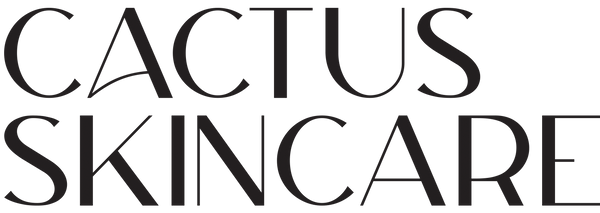
Trend Breakdown: ICING. What is it & is it right for you?
Share
Are you looking for a fast (and free) skin care fix for puffiness and redness? Or wanting to improve the radiance of your skin? Then the latest “skin icing” trend could be just what you need.
Fans of skin icing say that it reduces inflammation and improves the overall appearance of their skin. Skin icing is a favourite of beauty lovers on TikTok and has celebrity advocates such as Victoria Beckham, Bella Hadid and Jennifer Anniston.
What is skin icing?
Skin icing (also known as an “ice facial”) is a cryotherapy treatment in which skin is exposed to extremely cold temperatures for several minutes. It isn’t exactly new, Catherine the Great of Russia is believed to have applied ice to her face every morning!
This age-old skin care tip has been growing in popularity in recent times. It’s easy to see why… skin icing doesn’t take long, and you don’t need to spend any of your hard-earned cash on it (if you don’t want to).
How do I do it?
Skin routines don’t get much easier than icing! Skin icing is a quick process which involves putting ice on your face either directly or with a tool. There are different methods, for instance Bella Hadid shared a video of herself plunging her face into an ice bath. Others rub an ice cube (sometimes with purified water) around their face until it has melted.
Then there are advocates who prefer to remain dry while skin icing. If that sounds like you, then you’ll need to invest in a cyrotherapy roller or cyro-recovery facemask of which there are numerous ones on the market.
Whichever method you decide to go with, it’s recommended that you do it morning and night to see the best results. Ideally you should cleanse before icing and moisturise afterwards.
Keep in mind that you should only continue the icing process for a few minutes max and keep the ice moving. If you have sensitive skin, don’t apply ice directly to your face. Instead, apply it on top of a washcloth. Icing should also be avoided after certain procedures such as cosmetic surgery, laser procedures and chemical peels.
How does it work?
Icing uses extreme cold (cryotherapy) to increase blood flow to the skin on your face. The benefits include:
- Reduced puffiness and eye swelling
- Helping to improve chronic skin issues such as acne
- Giving a natural glowing appearance
- The coolness and massaging action help to increase lymphatic drainage
- Helps reduce excess oil production
- Increases the absorption of moisturisers and serums
Investing in skincare products such as a quality sunscreen, cleanser and moisturiser are all vital to nurturing healthy, glowing skin. However, the icing on top of great skincare is, well, ice!
Who shouldn't ice?
Anyone with very sensitive skin, a damaged skin barrier or pre-existing skin issues should be careful approaching an icing session.
Facial icing may cause irritation and redness, especially in people whose skin is already susceptible. For example, if you have broken capillaries & can see a spider web of little red lines under your skin, avoid ice, which can make them worse and prevent healing.
